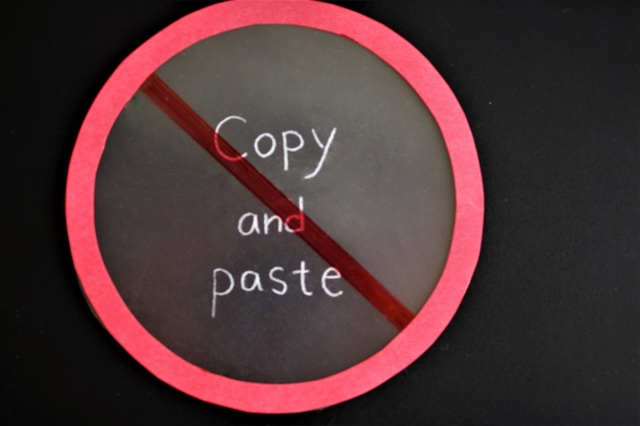 Copyright is the ownership of original literary works, original dramatic works, original musical works, original artistic works, sound recordings, film, television, and published works.
Copyright is the ownership of original literary works, original dramatic works, original musical works, original artistic works, sound recordings, film, television, and published works.
If a person, company, or other entity uses the material that fits within the copyright categories mentioned above without the authority of the copyright owner, whether by reproducing or copying an original expression of an idea, there has been a breach of copyright and a damages claim may apply.
An example of copyright is the love letters written by Princess Diana to James Hewitt. In 2003 James Hewitt wanted to sell 64 love letters for an estimated $28 million. Copyright does not stop the sale of the love letters, though copyright did stop the copying or publishing of these letters in the media without the written consent of the copyright owner.
Copyright law is governed in Australia by the Copyright Act 1968 (Cth). The Australian constitution gives rights to the commonwealth to make laws that concern copyright.
There is no requirement of registration of materials for copyright, because copy right applies once the original material is produced, whether unpublished or published.
Copyright of original material may exist with several levels. As example, a published novel, the author has an original copyright in the literary work, and the publisher will have a copyright in the published edition.
The Copyright Act does not require that the © symbol is used, though many parties use that symbol to avoid doubt that copyright is asserted in the material produced.
Generally, the copyright life duration will last for 70 years. However, there are exceptions, with television and broadcasting lasting 50 years and for printed editions 25 years. Copyright subsists in perpetuity in any literacy, dramatic and musical work, engraving, sound recordings and cinematographic films which remain unpublished when the author dies.
Let’s have a look at a couple of cases that demonstrate copyright.
In Data Access Corporation v Powerflex Services Pty Ltd (1999), the two companies created computer software which used similar words in the processing of the program. Data Access Corporation claimed the words used for the computer program where are literary work, and Powerflex Services Pty Ltd disputed this claim. This case was argued under the 1984 definition of a computer program, and the court held that the words claimed as literary work, was not the case, as the words did not perform an operating function of the computer program, and the court denied the claim.
Then in Fairfax Media Publications Pty Ltd v Reed International Books Australia Pty Ltd [2010], Fairfax who publishes the Australian Financial Review, claimed that copyright existed in headlines of its literary works. The respondent used the headlines in their publishing and claimed that copyright did not apply. The court held that copyright did not apply in the headline of an article, as they are too short, do not form part of an article and are insubstantial to qualify for copyright protection as literary works.
Everyone has a right to protect what they originally produce and the main point is knowing what your rights are at the time.